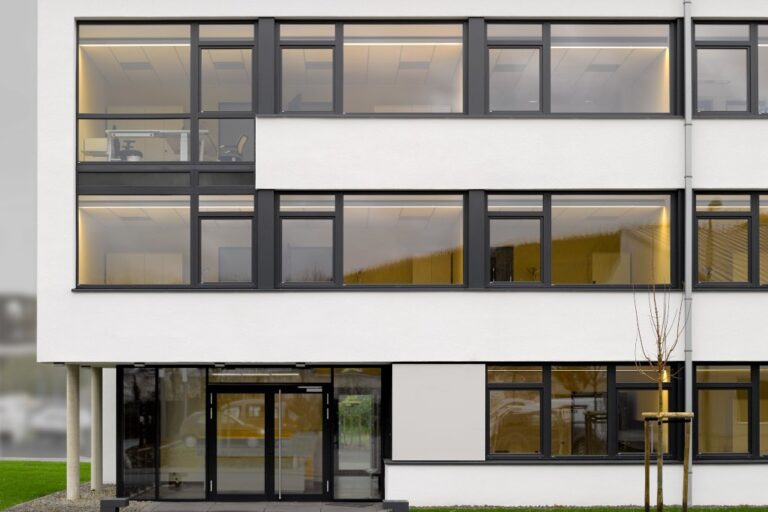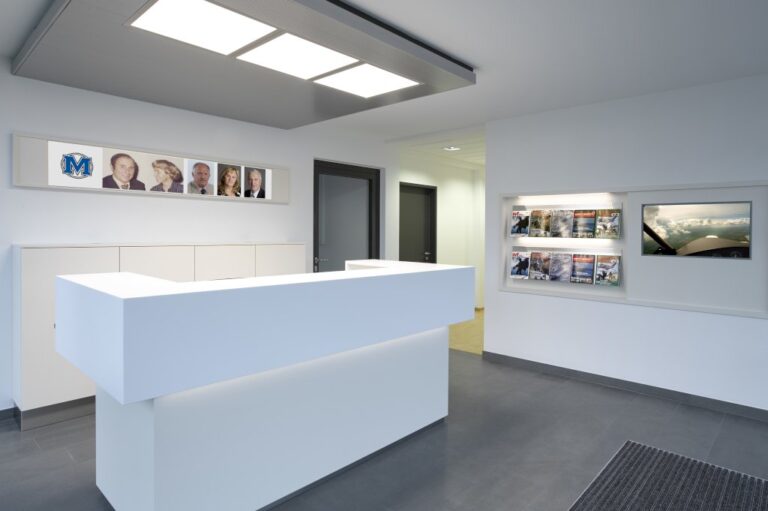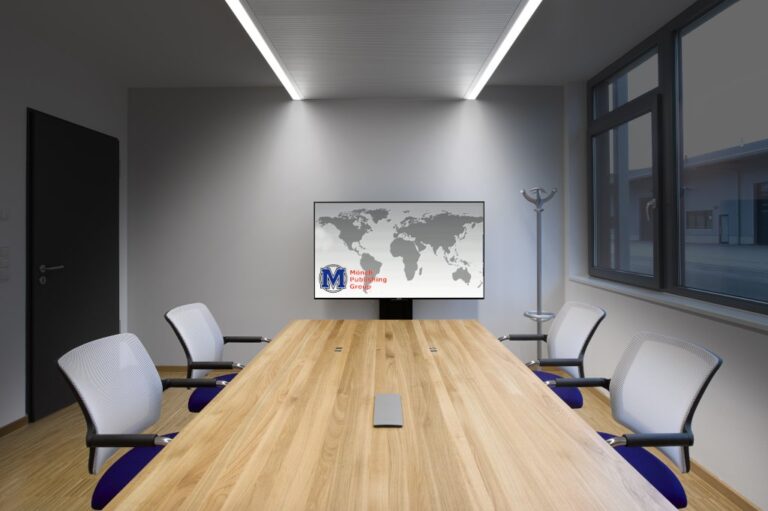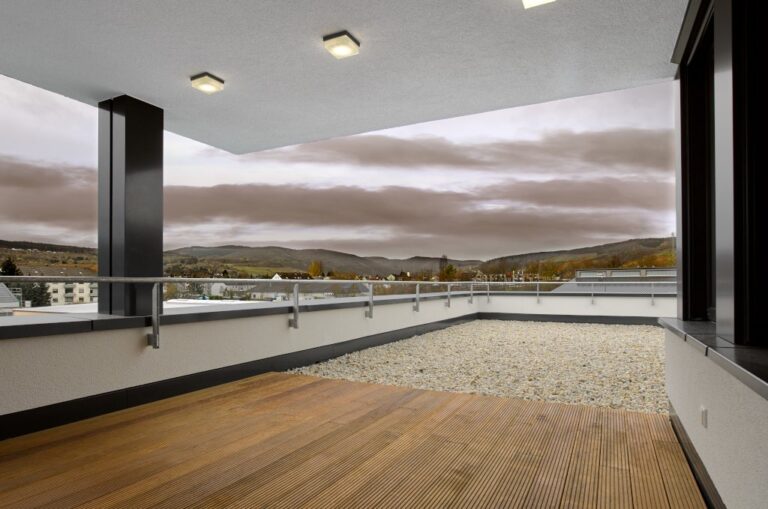HENSOLDT passes critical design review for Norwegian Ula class submarines
Submarines will play an increasingly important role in the defence of Norway and NATO. Sensor solutions provider HENSOLDT has reached another milestone in the modernisation of the Ula class (HDW Class 210) diesel-electric submarines oft he Royal Norwegian Navy (RNoN). The technical planning and execution were successfully validated during a critical design review (CDR) in Bergen. This paves the way for the modernisation of the submarines, which will significantly extend their operational capability. The contract, which was concluded with the Norwegian Defence Materiel Agency (NDMA) in October 2023, is worth around €40 million.
The Ula class, originally equipped with SERO 14/15 periscopes, will now be upgraded with state-of-the-art HENSOLDT systems such as periscope and optronic mast systems. In total, the systems of a number of submarines will be renewed, which will significantly increase the operational efficiency and lifespan of the submarines. As part of the CDR, all design documents, including interface drawings were comprehensively reviewed. The systems have passed all design reviews.
“Norway is a long-standing and trusted partner, and we are delighted to have once again gained their trust in the modernisation of the Ula class”, said Tanya Altmann, head of the optronics & land solutions division at HENSOLDT. “This successful cooperation underlines our expertise in the life extension and modernisation of maritime systems.”
The Ula class submarines will be replaced with a new submarine design – 212 CD (Common Design) on order for Norway and Germany. In August 2024, the Norwegian Ministry of Defence announced the completion of the design review of the Type 212CD programme. The 212 CD submarine will be fitted with sensor systems from HENSOLDT: two optronics masts (including HENSOLDT’s OMS 150 and OMS 300) will be used for search, surveillance and attack functions; additionally, HENSOLDT will provide its panoramic surveillance system.
Stefan Nitschke

Analysis
212CD – Evolution of the German-Norwegian submarine cooperation
The prefix ‘CD’ stands for „common design” that will be identical for the navies of Norway and Germany. The Royal Norwegian Navy (RNoN) intends to procure four new submarines as a replacement for its six HDW Class 210 (Ula class) diesel-electric submarines, while the German Navy is looking for two new submarines to add to the six U212A fuel cell boats currently in service. Norway will receive the first two boats, as well as numbers 4 and 6, while Germany will procure numbers 3 and 5. Work for designing the submarine in detail will last for the next several years. The first Norwegian submarine shall be delivered in 2029, the others will follow in an approximately year-rhythm thereafter. Maintenance and overhaul of the German submarines will be regularly undertaken in Norway while training for all crews may be conducted reciprocally in both countries. The Norwegian-German submarine cooperation is strategically planned to last for at least 50 years.
The starting point for the new submarine was the German Batch 2 U212A. The MOTS (military-off-the-shelf)-based evolution is primarily aiming at enhanced speed, endurance, range, weapons and signatures, so to achieve the needed mobility and the desired effectiveness in operations. The battery capacity and power output will be increased. The IDAS fibre-optically-guided missile (Interactive Defence and Attack system Submarines) and a new torpedo countermeasures system will be fitted to the new boats. The current U212A submarines will also benefit from any of these improvements so that the 212CD project provides a significant contribution to the capability preservation and enhancement of the six in-service U212A boats. To further improve the submarine’s signatures, the indiscretion rate will be significantly reduced through the enhanced battery-power. The signatures of new submarine design will remain unbeaten in the acoustic and electromagnetic spectrum. The time the new submarine will have to expose itself snorkelling on periscope depth at patrol speed will be halved in comparison to the Batch 2 U212A. The decisive new feature, however, is the hull shape. It is similar to a diamond shape, providing significantly better stealth characteristics against active sonar systems. With a reduction of the so-called target echo strength by an average 60 percent compared to the U212A, the new submarine can hardly be detected by an opponent’s active sonar operation. All in all, the new submarine will be like a „black hole“ in the water.
The technical risk for the Norwegian and German Navies remains at low level, with 85 percent of the components for the 212CD are proven technology. For the remaining 15 percent, we have come quite far and close to testing all the components at sea. As the diameter of the 212CD will be slightly increased when compared to the 212A, the new boat will be capable to dive in shallow and very shallow waters and operate there covertly. The new submarine will therefore be capable of operating in ‘blue’ and ‘brown’ waters. In my view, the two partners will have the best conventional submarine in some ten years from now.
Joachim Brune
Captain Joachim Brune has been the branch head for underwater warfare in the German Navy’s Flotilla 1, based in Kiel. He represents the German Chief of Navy in the executive requirements reference board of the 212CD submarine project.







